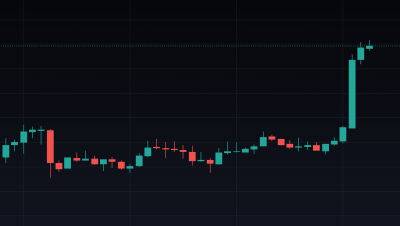Ethereum at the center of centralization debate as SEC lays claim
Ethereum went through a key network upgrade on Sept. 15, shifting from its proof-of-work (PoW) mining consensus to a proof-of-stake (PoS) one. The key upgrade is dubbed the Merge.
The Merge was slated as a critical change for the Ethereum network that would make it more energy efficient, with later improvements to scalability and decentralization to come.
A little over a month later, however, some industry observers fear the PoS transition has pushed Ethereum toward more centralization and higher regulatory scrutiny.
The Merge replaced the way transactions were verified on the Ethereum network. Instead of miners putting in their computational power to verify a transition, validators now pledge Ether (ETH) tokens to verify those transactions. The issue with this system is that validators with a higher number of Ether have a larger say, given they have a larger percentage of validator nodes or staked ETH.
To become a validator on the Ethereum network, one must stake a minimum of 32 ETH. Thus, whales and big crypto exchanges have staked millions of ETH to have a larger portion of the validator nodes.
Current staking activities look very centralized, with the leading liquid staking protocol Lido and leading centralized exchanges such as Coinbase, Kraken and Binance accounting for over 60% of the staked ETH.
RA Wilson, chief technology officer of crypto and carbon credits exchange 1GCX, told Cointelegraph that the Merge has enabled large holders of Ether to gain mass control of the network, making it significantly more centralized and certainly less secure and explained:
The centralization aspect was quite evident right after the Merge, as 46.15% of the nodes for storing data, processing transactions and adding new blockchain
Read more on cointelegraph.com


















